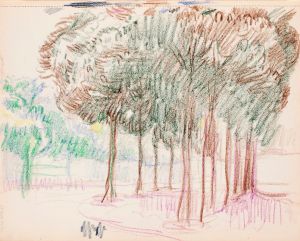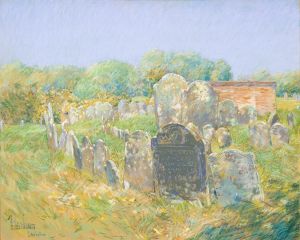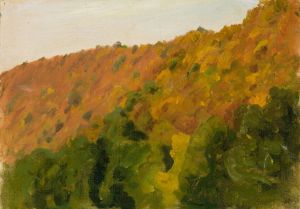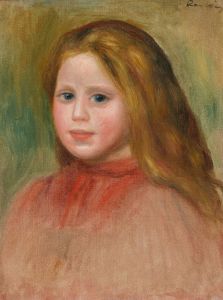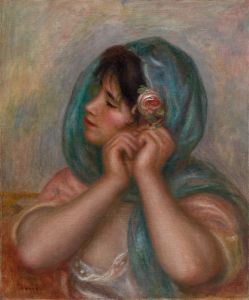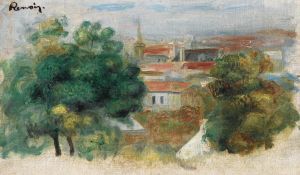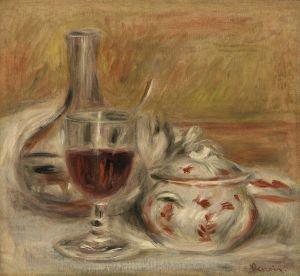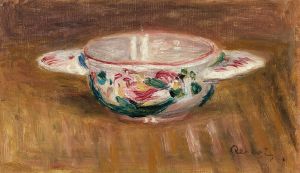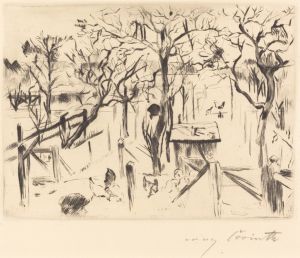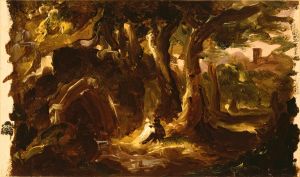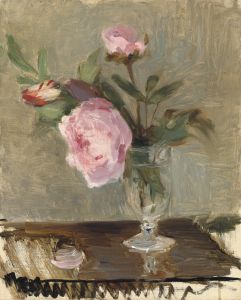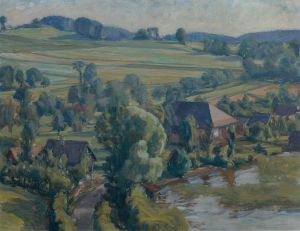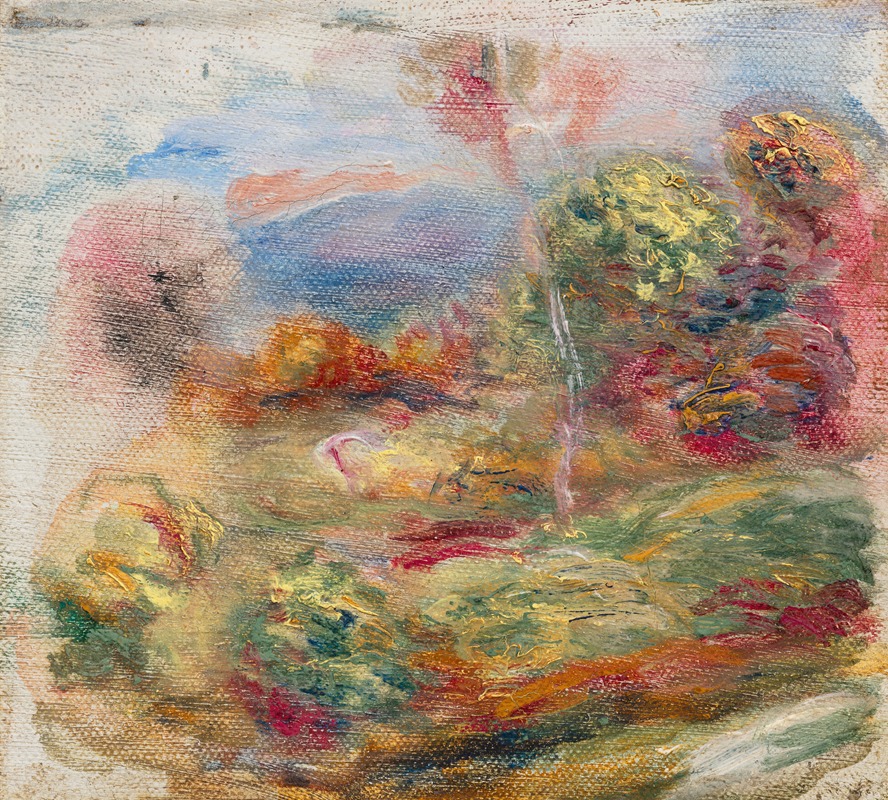
Paysage du midi
A hand-painted replica of Pierre-Auguste Renoir’s masterpiece Paysage du midi, meticulously crafted by professional artists to capture the true essence of the original. Each piece is created with museum-quality canvas and rare mineral pigments, carefully painted by experienced artists with delicate brushstrokes and rich, layered colors to perfectly recreate the texture of the original artwork. Unlike machine-printed reproductions, this hand-painted version brings the painting to life, infused with the artist’s emotions and skill in every stroke. Whether for personal collection or home decoration, it instantly elevates the artistic atmosphere of any space.
"Paysage du midi" is a painting by the renowned French artist Pierre-Auguste Renoir, a leading figure in the Impressionist movement. Renoir, born on February 25, 1841, in Limoges, France, is celebrated for his vibrant light and saturated color, often focusing on people in intimate and candid compositions. His work is characterized by a sense of warmth and a lively depiction of scenes, whether they be of people or landscapes.
"Paysage du midi," which translates to "Landscape of the South," reflects Renoir's fascination with the southern regions of France, known for their luminous atmosphere and vivid landscapes. While specific details about the creation of this particular painting are scarce, it is consistent with Renoir's broader body of work during his mature period, where he frequently explored the interplay of light and color in outdoor settings.
Renoir's landscapes often capture the essence of the natural world with a sense of immediacy and freshness, a hallmark of the Impressionist style. This movement, which emerged in the late 19th century, was characterized by a desire to capture the fleeting effects of light and atmosphere, often painted en plein air, or outdoors. Renoir, along with contemporaries like Claude Monet, Edgar Degas, and Camille Pissarro, sought to break away from the rigid constraints of academic painting, favoring instead a more spontaneous and naturalistic approach.
In "Paysage du midi," Renoir likely employed his characteristic brushwork, which is known for its fluidity and softness, creating a sense of movement and life within the landscape. His use of color would have been vibrant, capturing the unique quality of light found in the southern parts of France. This region, with its Mediterranean climate, offers a rich palette of colors, from the deep blues of the sea to the warm ochres and greens of the countryside, elements that Renoir would have skillfully integrated into his composition.
Renoir's landscapes, including "Paysage du midi," are not just depictions of nature but are imbued with a sense of joy and tranquility. They reflect his belief in the beauty of the world and his desire to convey that beauty through his art. This painting, like many of his works, invites the viewer to experience the serene and idyllic qualities of the natural world, as seen through Renoir's eyes.
Throughout his career, Renoir's work evolved, and while he remained true to the Impressionist ideals, he also incorporated elements of classical art, which can be seen in the structure and composition of his later works. His landscapes, therefore, are a blend of Impressionist spontaneity and a more considered approach to form and detail.
"Paysage du midi" stands as a testament to Renoir's enduring legacy as a master of light and color, capturing the essence of the French landscape with a sense of warmth and vitality that continues to resonate with audiences today.





